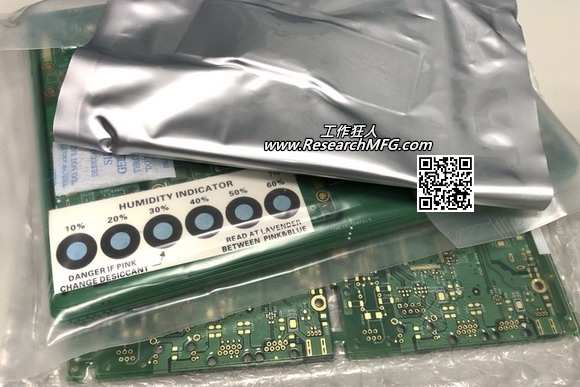
For many engineers, they may not understand why PCBs must be baked before going through the SMT reflow oven if they have expired their storage shelf life. Or perhaps, they believe that PCBs should be baked regardless of whether or not they have expired. But do you know why PCBs need to be baked after they have expired? And what are the limitations of PCB baking?
The main purpose of PCB baking is to remove moisture and humidity, which may be contained within the PCB or absorbed from the external environment. Because some materials used in PCBs are susceptible to the formation of water molecules. Additionally, PCBs that have been produced and stored for a certain period may absorb moisture from the environment. “Water” is one of the main culprits of PCB delamination or popcorn, and it also contributes to oxidation.
When PCBs are placed in an environment with a temperature above 100°C, such as a reflow or wave soldering processes, hot air rework, or hand soldering, the “water” will become turn into steam and rapidly expand in volume. The faster the PCB is heated, the faster the steam will expand. The faster the PCB is heated, the faster the steam will expand, and the higher the temperature, the larger the steam volume. If the steam cannot escape from the inner layers of the PCB in time, it can cause the PCB to bulge. The Z-axis (vertical direction) of the PCB is the most vulnerable because PCBs are stacked layer by layer. Sometimes, the vias between the layers of the PCB may be pulled apart, or the layers of the PCB may separate.
In more serious cases, bubbles, bulges, and “popcorning” can be seen on the surface of the PCB. Even if the above phenomena are not visible, the PCB may be damaged internally, which can cause the device to malfunction or experience CAF (conductive anodic filament) issues over time, ultimately resulting in product failure.
It is recommended to read more about the real causes and prevention strategies of PCB “popcorning”.
The process of baking PCBs is actually quite complicated. During baking, the original packaging must be removed before placing the PCB in the oven. The temperature used for backing must be over 100°C, but not too high, to prevent excessive expansion of steam during the baking process which may cause the PCB to explode. Generally, the industry sets the temperature for PCB baking at 120+/-5°C to accelerate and ensure that moisture can be effectively removed from the PCB before it is put on the SMT assembly line for soldering in the reflow oven.
The baking time varies depending on the thickness and size of the PCB. For thinner or larger PCBs, weights are used to press the board after baking. This is to reduce or prevent the tragedy of PCB bending or deformation during the cooling period after baking, which can cause offset or uneven thickness in the SMT solder paste printing. This can also result in a large number of soldering defects during reflow soldering, such as shorts or voids. PCB deformation is also the biggest culprit for BGA solder joint failures.
Reference Documents/Procedures for PCB Baking
When it comes to “baking,” most people instinctively use IPC-JSTD-033 as a reference and believe that the temperature profile for PCB baking is based on thickness. This document is also the most frequently discussed baking standard procedure in Workingbear’s blog. However, this procedure is only applicable to plastic encapsulated packages components (ICs), and it may not fully apply to PCB baking.
The standard for PCB baking should actually refer to the IPC-1602 (replacing IPC-1601) procedure, and the baking profile will depend on different surface finishes. The same temperature and time will have different effects on different PCB surface finishes.
Setting Conditions for PCB Baking
The industry generally sets the conditions and time for baking PCBs as follows (these conditions generally do not apply to boards with OSP surface finish, and it is recommended to consult the supplier who produces the PCB for the OSP baking conditions):
-
If the PCB is within 2 months of the manufacturing date and is well packed and sealed, after being opened, it should be placed in an environment with temperature and humidity control (≤30°C/60%RH, according to IPC-1601 or IPC-1602) for more than 5 days before going online. It needs to be baked at 120+/-5°C for 1 hour.
-
If the PCB has been stored for 2-6 months from the manufacturing date, it needs to be baked at 120+/-5°C for 2 hours before going online.
-
If the PCB has been stored for 6-12 months from the manufacturing date, it needs to be baked at 120+/-5°C for 4 hours before going online.
-
If the PCB has been stored for more than 12 months from the manufacturing date, it is not recommended for use, because the bonding strength of multi-layer boards may deteriorate or degrade with time, which may cause product function instability and other quality problems, increasing the probability of market returns and repair. Moreover, there are risks such as board popcorning and poor soldering in the production process. If it must be used, it is recommended to bake it at 120+/-5°C for 6 hours first, and then try printing the solder paste and producing a few pieces before mass production to ensure that there are no solderability and quality issues. Another reason not to use PCBs that have been stored for too long is that their surface finish will gradually lose effectiveness over time. For ENIG boards, the industry usually sets a shelf life of 12 months. After this time, the thickness of the gold layer and the quality of the storage conditions will determine whether the board can still be used. If the gold layer is too thin, nickel may diffuse to the surface of the gold layer and form oxidation, which will seriously affect the reliability of soldering and must be handled with care.
-
All baked PCBs must be used up within 5 days. PCBs that have not been fully processed before going online must be baked again at 120+/-5°C for 1 hour. For OSP boards, it is recommended to use them up within 24 hours, and the sooner the better.
Stacking Method during PCB Baking
-
When baking large-sized PCBs, it is recommended to use a flat stacking placement method, with a maximum of 30 pieces per stack. After baking, the PCBs should be taken out of the oven and placed flat to cool within 10 minutes. A anti-bending tool should also be used to prevent the boards from warping. Vertical baking for large-sized PCBs is not recommended, as it can easily cause board warping.
-
For medium and small-sized PCBs, a flat stacking placement method can be used with a maximum of 40 pieces per stack, or a vertical placement method can be used without a limit on the quantity. After baking, the PCBs should be taken out of the oven and placed flat to cool within 10 minutes. A anti-bending tool should also be used to prevent the boards from warping.
Precautions during PCB Baking:
-
The baking temperature should not exceed the Tg point of the PCB, which is generally required to be below 125°C. In the past, some lead PCBs had a lower Tg point, but now most lead-free PCBs have a Tg above 150°C.
-
Baked PCBs should be used up as soon as possible, and if not, they should be vacuum-sealed again as soon as possible. If exposed to the workshop environment for too long, they must be baked again.
-
Remember to install a ventilation and drying device in the oven; otherwise, the steam produced during baking will remain inside the oven and increase its relative humidity, which is not conducive to PCB dehumidification.
-
From a quality perspective, the fresher the PCBs used for soldering, the better the quality after baking. Expired PCBs will still have a certain quality risk even if baked before use.
Personal Suggestions on PCB Baking by WorkingBear:
-
Workingbear suggests using a temperature of 105+/-5°C to bake PCBs. Since the boiling point of water is 100°C, water molecules inside the PCB will evaporate as soon as the temperature exceeds its boiling point. However, since the amount of water in the PCB is not substantial, a high temperature is not required to increase the rate of evaporation. A higher temperature or a faster rate of evaporation may cause water vapor to expand quickly, which is not conducive to the quality of the PCB, especially for multilayer boards or PCBs with buried vias. 105°C is just above the boiling point of water and is not too high of a temperature. It can effectively remove moisture while reducing the risk of oxidation. Additionally, temperature control in ovens has significantly improved, so it is not necessary to use higher temperatures. Of course, if you cannot confirm the ability of your oven, it is better to adjust the temperature slightly higher. However, higher temperatures are not better for the quality of PCBs.
If the PCB is relatively thick, you may increase the baking temperature accordingly to remove moisture from the deeper layers.
If you want to learn more about PCB baking, you can read related articles by Workingbear or refer to IPC-1601 or 1602 for the latest industrial standard information.
-
Whether PCBs need to be baked or not depends on whether the packaging has been has been exposed to moisture. You should observe the Humidity Indicator Card (HIC) inside the vacuum packaging to see if it indicates dampness. If the packaging is intact and the HIC does not indicate moisture, then the PCB can be used directly without baking.
-
It is recommended to use a “vertical” and spaced arrangement for baking PCBs to achieve the best effect of air convection and to facilitate the evaporation of water vapor from the PCB. However, for large-sized PCBs, you need to consider whether the vertical arrangement will cause board deformation.
-
After baking, it is recommended to place the PCB in a dry place and cool it quickly. It is best to press a “anti-bending tool” on top of the board. Objects in a high-temperature state are prone to absorb moisture during the cooling process. However, quick cooling may cause the board to bend, so a balance needs to be achieved.
Drawbacks of PCB Baking and Considerations:
-
Baking can accelerate the oxidation of the surface finish on PCB, and higher temperatures and longer baking times can be more detrimental.
It is recommended to read: The Misconception of PCB Baking: Can Pre-baking Increase Solderability?
-
It is not recommended to perform high-temperature baking on boards with OSP finish, as the OSP may degrade or become ineffective during and after high temperatures. If baking is necessary, it is recommended to use a temperature of 105 +/- 5°C and preferably not exceed 2 hours. After baking, it is recommended to use the board within 24 hours. There are now new types of OSP chemical agents that claim to withstand high-temperature baking without deteriorating. It is recommended to inquire with your PCB supplier about whether their OSP boards can be baked and at what temperatures.
-
Baking may have adverse effects on the growth of IMC, especially on boards with HASL (Hot Air Solder Leveling) and Im-Sn (immersion tin) surface finishes. These surface finishes create the copper-tin IMC layer during the PCB manufacturing process, before soldering takes place. Baking can cause an increase in the thickness of this pre-existing IMC layer, potentially leading to reliability issues if it becomes too thick.
This article translate from PCB如何烘烤?烘烤條件與方法,為什麼過期的PCB要先烘烤才能打SMT或過回焊爐? | 電子製造,工作狂人(ResearchMFG)
Explanation of Steam from Wikipedia:
Steam is a substance containing water in the gas phase,and sometimes also an aerosol of liquid water droplets, or air. This may occur due to evaporation or due to boiling, where heat is applied until water reaches the enthalpy of vaporization. Steam that is saturated or superheated is invisible; however, wet steam or water vapor, a visible mist or aerosol of water droplets, is often referred to as “steam”.
Different between Moist, Humid, Damp:
Moist is when something is kind of wet. We use it to describe food sometimes, kind of like a moist cake. So like when a cake isn’t dry, perfect texture. Damp is slightly wet, like when your hair has been drying for a while. Humid is like when the weather is sticky and stuffy. Hope this makes some sense!
Humid usually refers to air quality, as in, “The weather was humid yesterday”, or just, “It’s humid today.” It cannot refer to items like food or clothes.
Moist usually means somewhat wet, but not enough to be dripping. It’s often used to describe baked goods, like “moist cake.” You also hear, “moist towelette”, which is a paper towel that is pre-wetted, which you use to clean your hands. You don’t use the word “moist” for the weather.
Damp can usually refer to weather, vegetation, or clothes, like, “this t-shirt I put in the dryer is still damp”, or “the mossy damp forest.”
Related Posts:

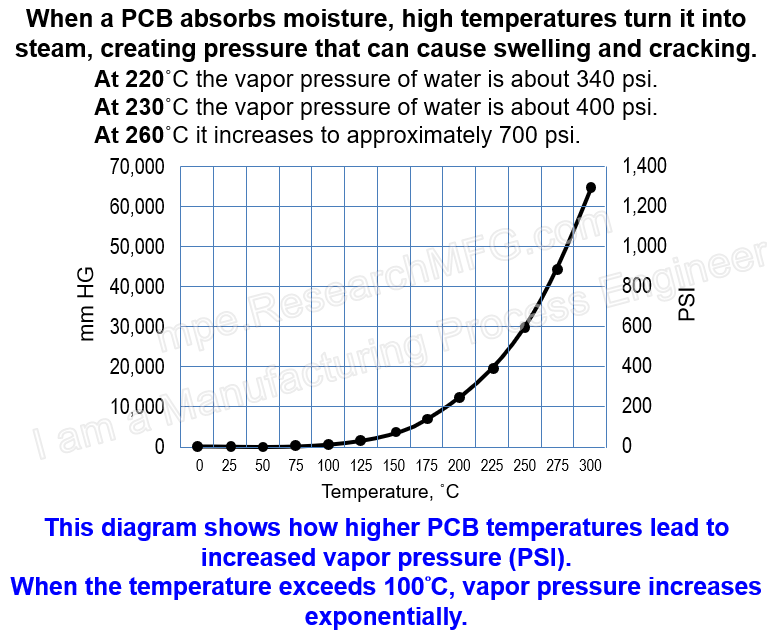
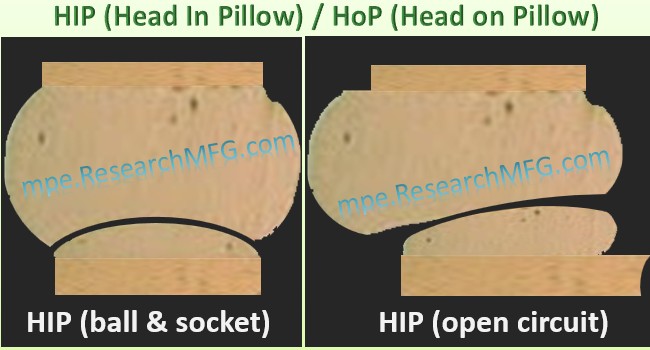
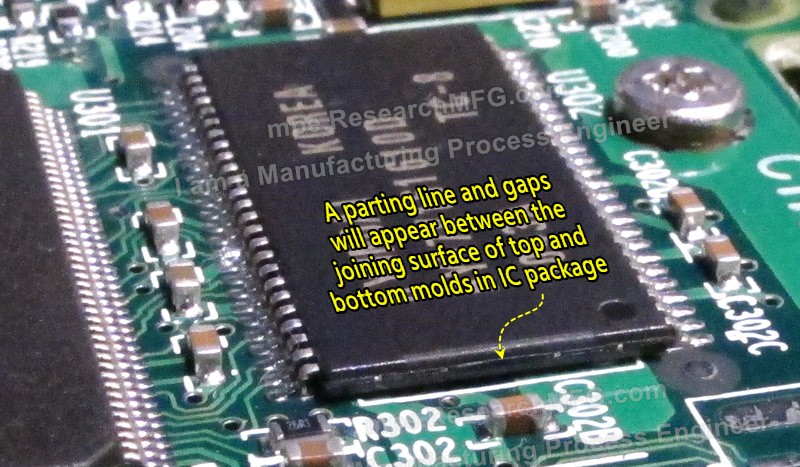

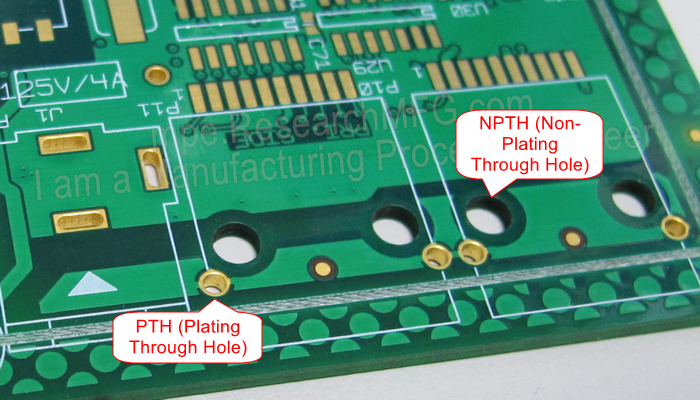


Leave a Reply